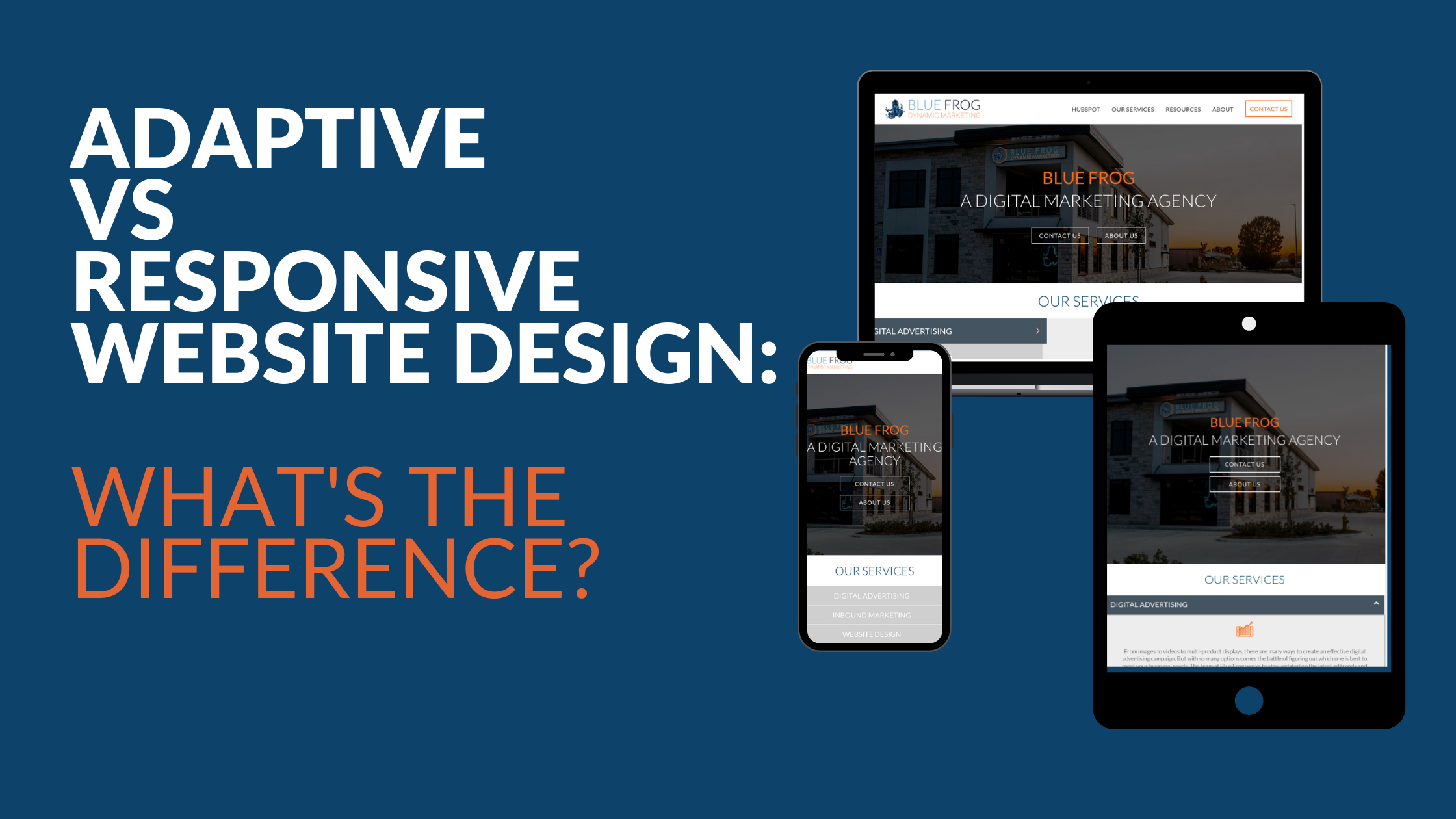Table Of Content

Many of these uses are relevant today, and all will definitely be usable in the near future. Walmart’s website easily adjusts to any display with properly sized images and copy. Notice how each section is clean, minimal, and takes up very little space — even on desktop — to avoid making the site overwhelming on smaller gadgets.
Careers Related to Design & UX
This approach is particularly beneficial given the growing use of smartphones for online activities. As per Zippia's data, 82% of shoppers in the US use their smartphones for purchases, especially for buying entertainment and food items, and prefer the convenience of mobile browsing. Responsive web design enhances the user experience by making websites more accessible and easier to navigate on small screens, which is crucial for keeping pace with this trend. By making a site suitable for different devices, companies no longer have to create different sites for different mediums.
What is CSS Responsive Web Design and How to Implement it? - Simplilearn
What is CSS Responsive Web Design and How to Implement it?.
Posted: Wed, 08 Sep 2021 07:00:00 GMT [source]
Browse UX / UI Design Topics
This is just one simple example of rearranging components; there are many other ways of working with flexible grids. To test how your website performs across various screen sizes, you need to consider multiple factors, including checking user interaction, page loading, images, navigation, text alignments, and more. Responsive web design refers to a web design approach that enables your website content to “respond” to and adapt to the screen and window sizes of its accessed devices. Responsive design websites will morph, as required, so they can appear flawlessly on the end-user’s devolve, regardless of screen size and orientation.
Define your RWD goals
Visit each of these, and adjust your browser size or change devices to see them in action. You might want, for example, to place media queries all in one style sheet (as above) for devices like the iPad. Placing a media query for both the horizontal and vertical orientations of the iPad in the same style sheet file would be far more efficient. Some designers would also prefer to link to a separate style sheet for certain media queries, which is perfectly fine if the organizational benefits outweigh the efficiency lost. For devices that do not switch orientation or for screens whose browser width cannot be changed manually, using a separate style sheet should be fine. While the above is a great quick fix and good start to responsive images, image resolution and download times should be the primary considerations.
Responsive Web Design is Designing website that can adjust it size of its layout according to the screen size of the viewer’s device. You want people to like your site, and you want it to be easy to use to convince them to come back. If someone visits your website on a mobile device, and it takes forever to load or your pictures do not have the proper resolution, it can make your company appear unprofessional. When you have a website with responsive design, you can make changes quickly and easily. This flexibility is a huge advantage when you just want to make a quick design tweak or fix a typo on your site—you only have to do it once. If a style sheet made the layout too narrow, short, wide or tall, we could then detect that and switch to a new style sheet.
For example, it can restrict your control over the design's screen sizes; consequently, if you do not set media queries upfront, the elements could shift independently. Also, it is typical to run into issues with advertisement formats, especially on mobile devices. Responsive web design offers significant advantages to users, professionals, and businesses. It simplifies the web development process by eliminating the need to create multiple website versions for different devices. Instead of designing separate sites for desktops and mobiles, responsive web design allows for creating a single, adaptable site that works well across various devices.

12 Great Responsive Web Design Examples - Built In
12 Great Responsive Web Design Examples.
Posted: Tue, 25 Jan 2022 08:00:00 GMT [source]
When on a smaller screen or browser, the sidebar and top bar are removed, the navigation simplifies and moves directly above the content, as does the logo. The logo keeps its general look yet is modified for a more vertical orientation, with the tagline below the main icon. The white space around the content on larger screens is also more spacious and interesting, whereas it is simplified for practical purposes on smaller screens. Touchscreens obviously come with different design guidelines than purely cursor-based interaction, and the two have different capabilities as well.
Many web developers resorted to ordinary HTML tables as a way to customize the layout and bring some basic responsiveness to their websites at the same time. Responsive web design requires the following components to resize a website for different device screens successfully. Media queries are instructions to alter the site's layout based on certain conditions. For example, a two-column approach might not be practical in the screen real estate of a smartphone. The foundation of responsive design is the combination of HTML and CSS, two languages that control the content and layout of a page in any given web browser.
What kind of Experience do you want to share?
Besides, many users do not maximize their browsers, which itself leaves far too much room for variety among screen sizes. There’s a lot more to be learned from studying existing responsive web designs, which is why we’re going to give you an extra tool — responsive website templates. These templates are created by professional designers with the best practices of web design and SEO in mind. Dribbble uses a flexible grid to contract its multi-column layout into one with 1-2 columns on phones and tablets. The main menu bar is replaced by a hamburger menu, and several secondary elements such as views and likes are hidden to minimize the design for smaller screens. The flexible background image has also been neatly tailored to avoid awkward crops.
The image in this design automatically resizes after certain “break” points, but in between those width changes, only the side margins and excess white space are altered. On smaller screens and minimized browsers, the navigation simplifies and the columns of navigation at the top fall off. At the design’s smallest version, the navigation simplifies to just a drop-down menu, perfect for saving space without sacrificing critical navigation links. Responsive web design uses code that automatically adjusts the design to different screens based on their sizes and resolutions. It’s what allows users to have a smooth experience of a web page regardless of whether they’re viewing it on a wide desktop monitor or small mobile screen.
For this, we recommend you check this detailed responsive design testing checklist. In this section, we will discuss some basics of responsive design that you should implement when designing your websites. It's not very practical to set different standard CSS breakpoints for every device out there. To make things simpler, we choose specific breakpoints based on the content of the webpage that should generally work well across most devices on the market. CSS & HTML are two programming languages that form the essential backbone of responsive web design.

No comments:
Post a Comment